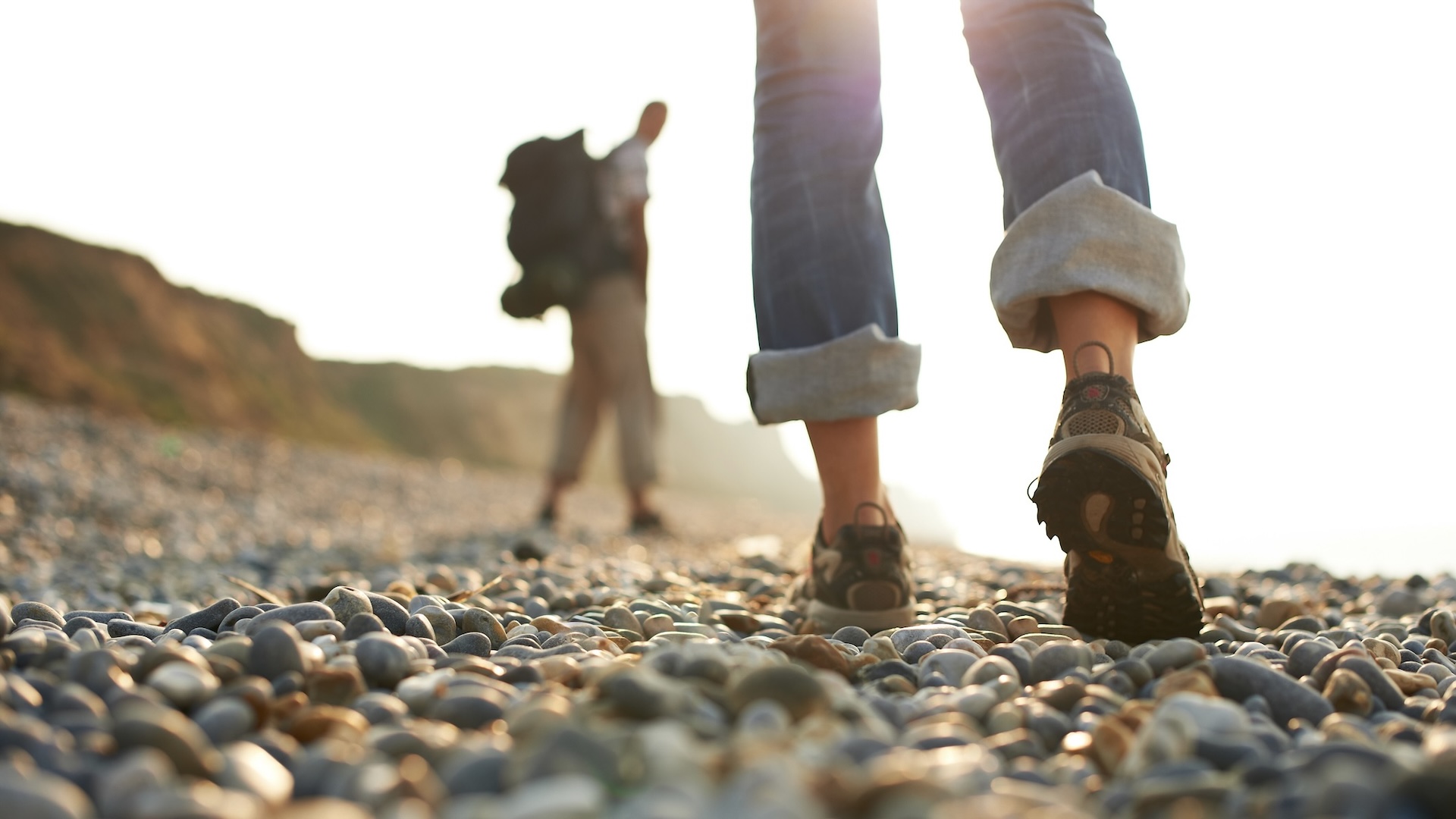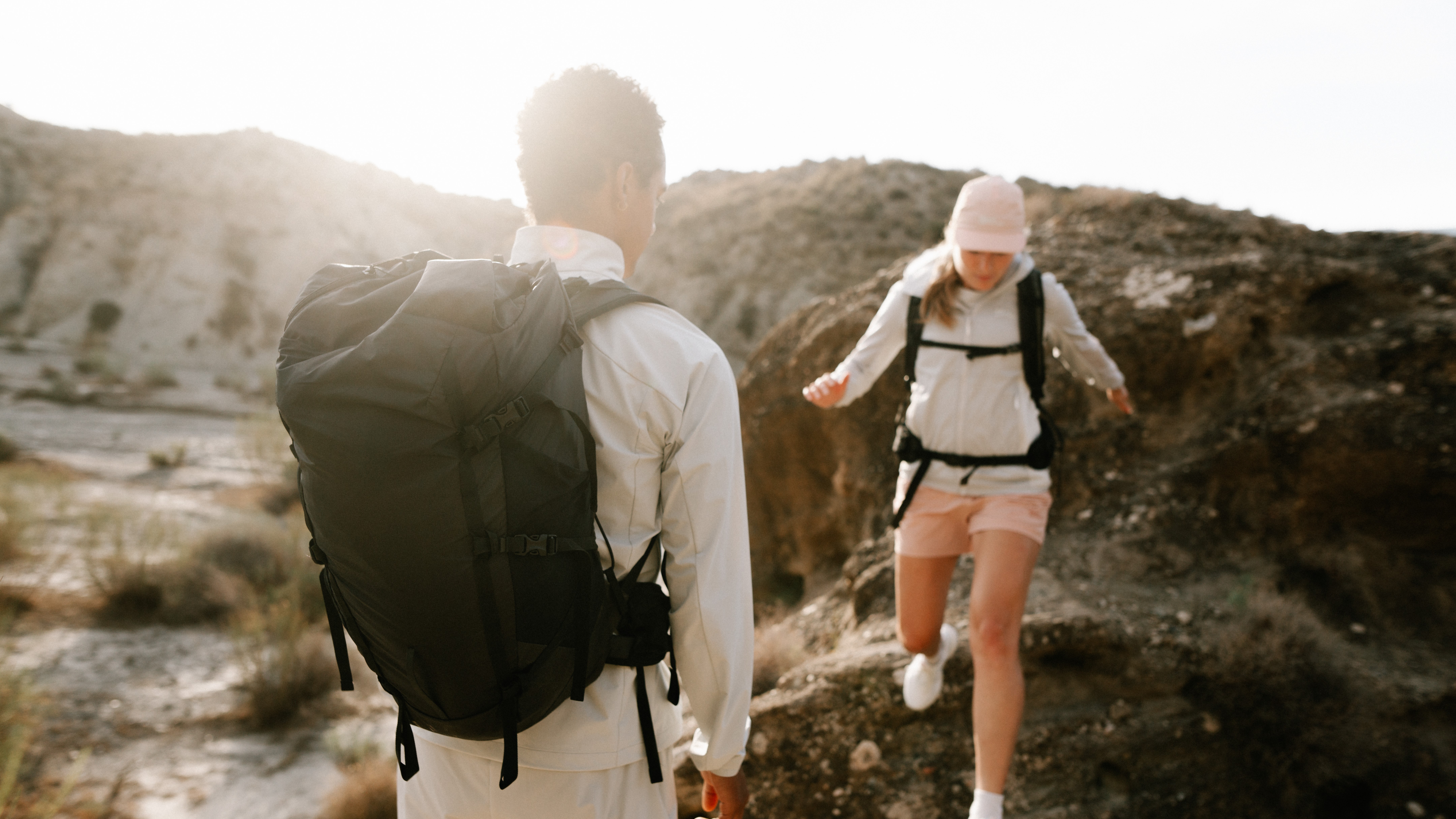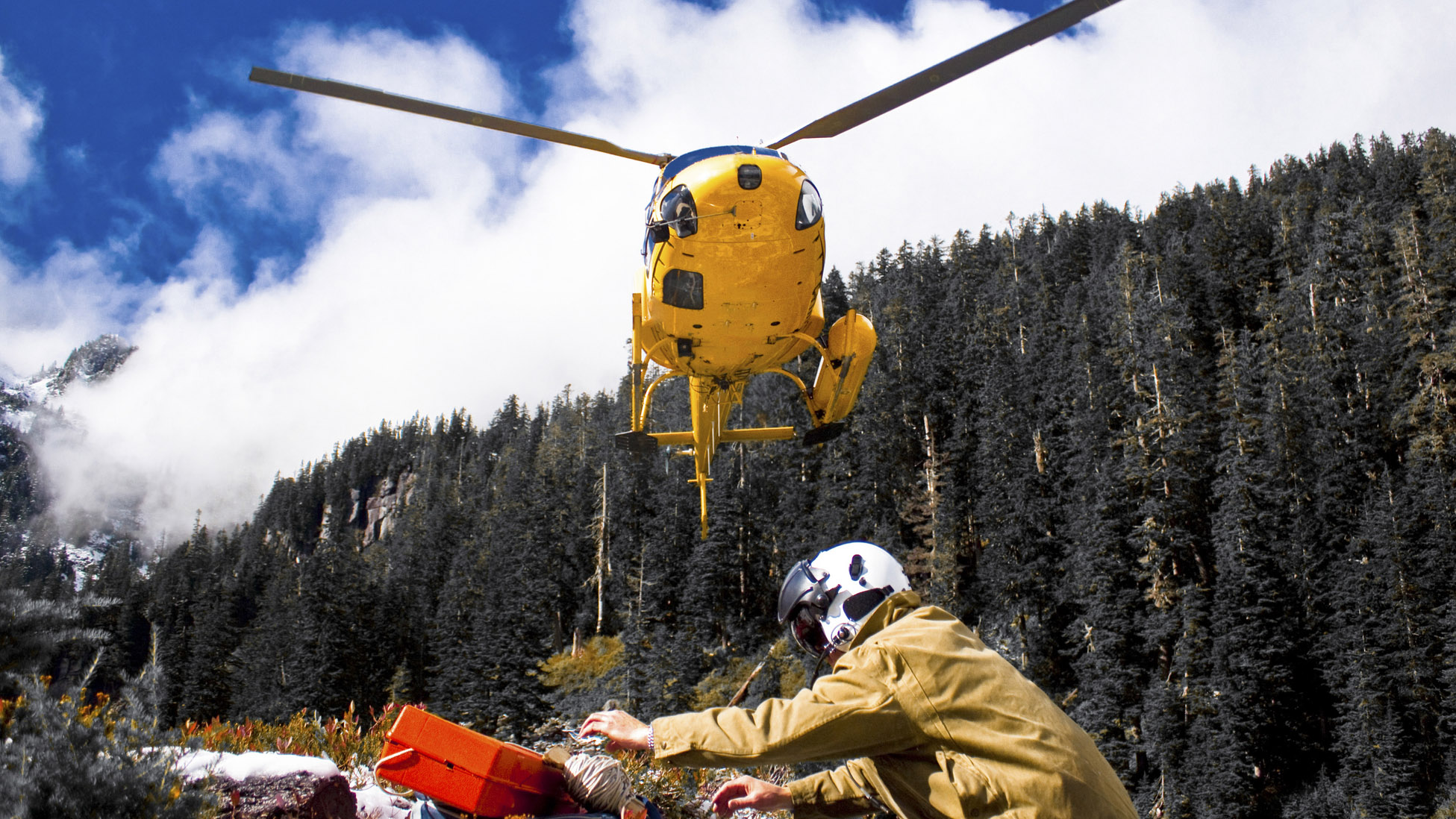My friend wants to turn back before the summit – can I keep hiking?
Should you leave your friend behind and bag the summit?

Picture yourself clambering up the final stretch of a rocky peak. It’s been a long, slow morning and the endless stretch of boulder field you have to pick your way across before reaching the summit is as mentally taxing as it is physically demanding. Suddenly, your hiking partner, who’s been falling further and further behind, announces that they can’t continue. They urge you to keep going to the top while they rest on a rock, and you can catch them back up on the descent.
So should you leave them behind and bag the summit?
If you hike with other people for long enough, this scenario is likely to crop up eventually. In 2015, I met an old school friend and her husband at the trailhead of Mount Bierstad, a Colorado 14er. I was used to clambering up 14ers on my days off, and while my friends were residents of the considerably more featureless Iowa at that time, the pair had done a decent amount of high altitude hiking, including a recent summit of Mount St Helens.
Altitude, however, can do weird things to your body and that day just wasn’t my friend’s day. As the three of us neared the summit, she announced that she couldn’t continue and begged the two of us to keep going. We refused, and though we probably could have been up at the trig point and back within 20 minutes, we turned back as a group and headed down the mountain.
In this instance, I had summited Bierstadt before and was far more excited about seeing my old friend than bagging a peak for the second time, but I do realize that it can be frustrating to set off with a partner who is much slower than you. When faced with the option of leaving them for what seems like just a few minutes so you can sneak up to the top, you might wonder what the big deal is, but the answer is, it can be a very big deal indeed. Read on to discover exactly why you should never leave your friend behind on a hike.

Why should you never leave someone behind when hiking?
Though it might not exactly be a hard and fast rule, sticking together is an important aspect of hiking etiquette, and it all comes down to safety.
If your hiking partner can’t continue, there’s a reason. Often, it’s because they are feeling unwell, which can be down to over-exertion or something worse. In 2005, a Colorado hiker named Michelle Vanek was climbing Mount of the Holy Cross with a friend. After a chaotic morning in which Vanek and her partner set off unprepared and ended up on the wrong trail, she realized couldn’t continue. She was likely suffering from altitude sickness at the time, but instead of staying with Vanek, her partner proceeded to the summit. Vanek was never seen again, and the discovery of her hiking boot last year is the only trace of her that’s ever been found.
Advnture Newsletter
All the latest inspiration, tips and guides to help you plan your next Advnture!
Whether it’s altitude sickness, fatigue, dehydration or your partner has picked up a bug, leaving them alone when they're ill could mean that no one is around to help them if their condition deteriorates, and they may be unable to summon help on their own. Even if they don’t appear to be sick, it’s best to stay with them and descend together.
Another reason hikers may be unable to continue is because of injury. It seems obvious that if your partner is hurt, you’d stay with them until help arrives, but that wasn’t the case for a 63-year-old Grand Canyon hiker who suffered a traumatic shoulder injury on a five-day backpacking trip in 2023. Unable to continue, his four friends left him behind and it wasn’t until the following day that he deployed the SOS Emergency function on his Apple device and received a helicopter extraction.

Now you might be thinking that you’d never leave a partner behind with an obvious injury, and hopefully that’s true, but what if your partner had blisters? That’s not a serious condition, just a case of ill-fitting hiking boots, perhaps. Surely you can nip up to the summit while they apply some blister pads?
The answer is still no, because here's the thing: even if there’s nothing wrong with your partner, and they’re just not feeling it, leaving them increases the risk level for both of you.
There’s no one to call for help if either of you falls or becomes ill. If one of you should take a wrong turn and get lost, you’ll be alone, and spending the night on the mountain by yourself is quite a different prospect from doing so with someone else. Furthermore, if your partner wanders off and gets lost while waiting for you, you might assume they’ve just walked ahead and it could take until you get back to the trailhead for you to realize they’re actually in trouble. Remember, there’s both strength and safety in numbers.
No matter whether your hiking partner is hurt, ill or just a plain old party pooper, it’s vital to remember why you went hiking together in the first place. Presumably it was because you wanted the pleasure of their good company, in a scenic environment. Hiking with a partner is all about the memories you make along the way, so slow down, enjoy the views and come back another day to see that summit. Even if you manage to scratch the summit off your to-do list, you might lose a friend along the way and that doesn’t seem like a great trade.
The pair of you can still have a fantastic day of walking, and if it turns out that you’re mismatched when it comes to pacing and ability, chalk it up to experience and read our article on how to find the perfect hiking partner for next time.
Julia Clarke is a staff writer for Advnture.com and the author of the book Restorative Yoga for Beginners. She loves to explore mountains on foot, bike, skis and belay and then recover on the the yoga mat. Julia graduated with a degree in journalism in 2004 and spent eight years working as a radio presenter in Kansas City, Vermont, Boston and New York City before discovering the joys of the Rocky Mountains. She then detoured west to Colorado and enjoyed 11 years teaching yoga in Vail before returning to her hometown of Glasgow, Scotland in 2020 to focus on family and writing.

